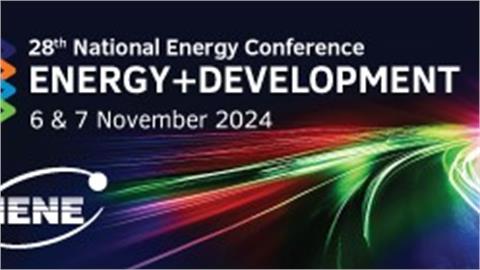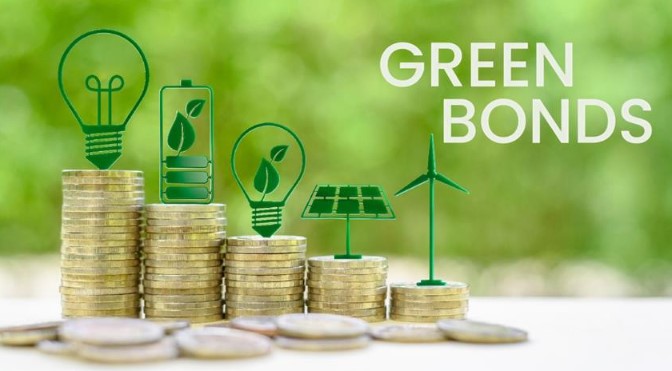Despite 2022 being the most turbulent year in the history of the European energy market so far, the number and volume of Power Purchase Agreements (PPAs) remained stable. Moreover, it is evident that this new market is beginning to develop not only in Central and Northern Europe but also in the Southeastern part of the continent.
According to data from the Swiss energy consultancy Pexapark, the volume of energy made available at European level through PPAs in 2022 amounted to 8.4 GW, marking a 21% decrease compared to 10.7 GW in 2021. Surprisingly, there was a 4.5% increase in the number of PPAs, with a total of 161 agreements signed compared to 154 in the previous year.
As a recent IENE Analysis reports, last year corporate PPAs represented 80% of all transactions (129) and 83% of volume (7 GW out of a total of 8.4 GW). Notably, corporate PPAs increased by at least 20% in terms of volume compared to 2021 and amounted to 7 GW compared to 5.8 GW. In terms of the number of deals, there was a growth rate of approximately 29%, with 129 PPAs concluded in 2022 compared to 100 in 2021.
It should be noted that Spain holds the top position in Europe in terms of the volume of energy traded through PPAs, with 3,217 MW. It is followed by Ireland with 907 MW, Germany with 683 MW, France with 631 MW, Poland with 543 MW, and Italy with 320 MW. PPAs are fast emerging as a valuable tool for the development of RES without relying on subsidies, as they provide financial security for investors, banks, and energy buyers.
However, PPAs can be complex in terms of their structure and pricing. Insufficient negotiation between the parties involved, or the adoption of less competitive contractual clauses compared to those offered by other PPAs, can have a negative impact on the overall revenue generated by the PPA contract.
PPAs are usually long-term contracts lasting between 10-20 years and include two broad categories:
• Commercial PPAs, where both the power producer and counterparty are non-state entities, such as utilities, electricity traders or a large consumers.
• Government PPAs, where the counterparty to the producer is a government entity that offers either a competitively determined Contract for Difference (CfD) or an administratively determined Feed-in Tariff (FIT).
Both types of PPAs have been implemented in Europe, with Spain and the Scandinavian countries leading the way, while Southeastern Europe is also making its mark in this emerging market.
Greece
A few days ago, «Heron», a vertically integrated group in the Greek energy market with a strong presence as an independent electricity supplier, entered into long-term Power Purchase Agreements (PPAs) with the leading energy companies RWE Renewables Europe & Australia and PPC Renewables, through their joint venture "Meton Energy SA." Under these PPAs, «Heron» will secure an annual supply of approximately 192 GWh of green electricity.
In Greece, the trend of concluding PPAs started in 2021 with the Mytileneos and Egnatia Group signing an agreement for a 200 MW solar portfolio. Subsequently, in June 2022, Cero Generation, a subsidiary of Macquarie-owned Green Investment Solutions, announced a deal with Switzerland's Axpo. Cero Generation will develop a 100 MW solar project without subsidies, and Axpo will consume 70%-80% of the energy generated for a period of 10 years. Another significant PPA was signed in May 2023, as the Italian paper maker Sofidel entered into an agreement with RWE and PPC Renewables through "Meton Energy SA." According to the agreement, the consortium will supply Sofidel with approximately 21 GWh of electricity over a 10-year period. Additionally, PPC recently finalized a relevant agreement with the "Viohalco Group" and a similar agreement is expected to be concluded soon with the cement industry company "Titan".
Today, the PPAs market is still at an early stage of development in Southeast Europe. However, as market players report, there is a growing interest and anticipation of an "explosion" of activity in the near future. This is expected to occur as players become more familiar with the available tools and financial techniques, and as the renewables market continues to expand with the continuous addition of new units to the grid and a decrease in the cost of energy production.



